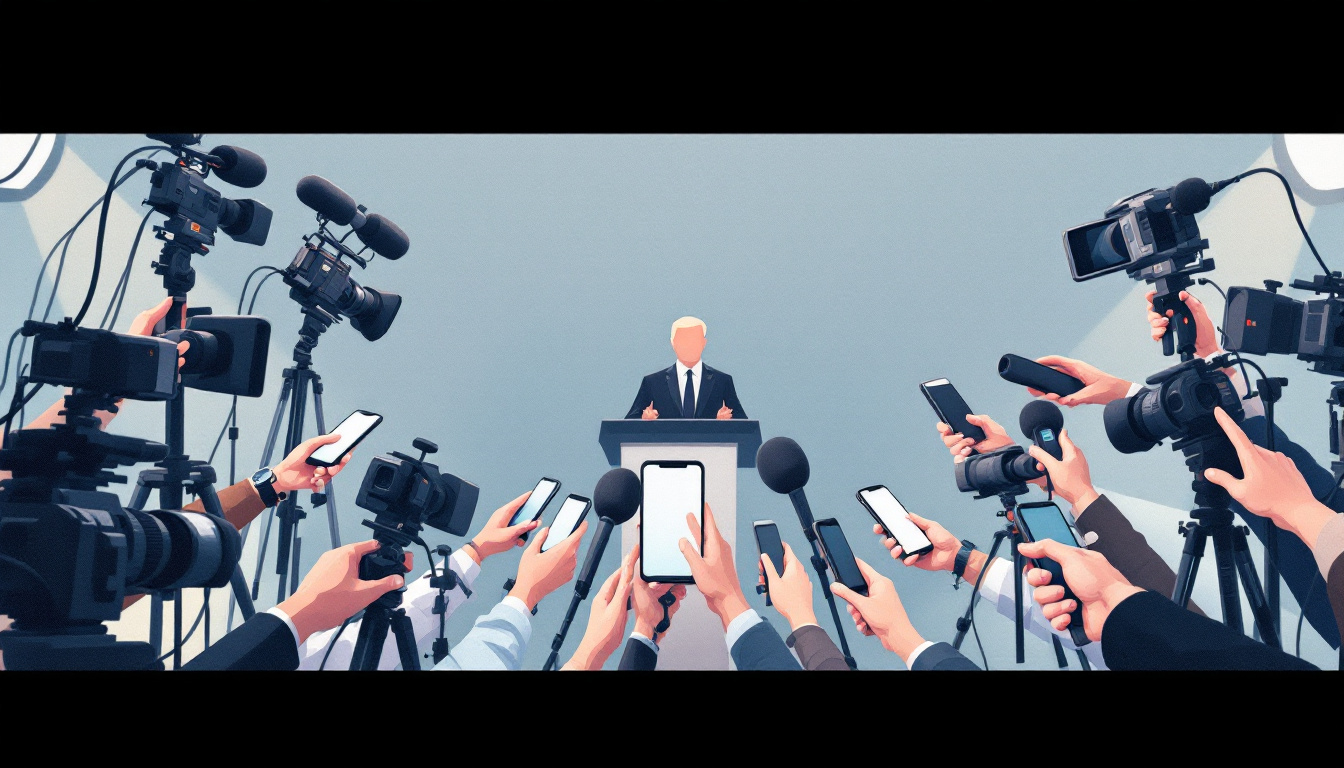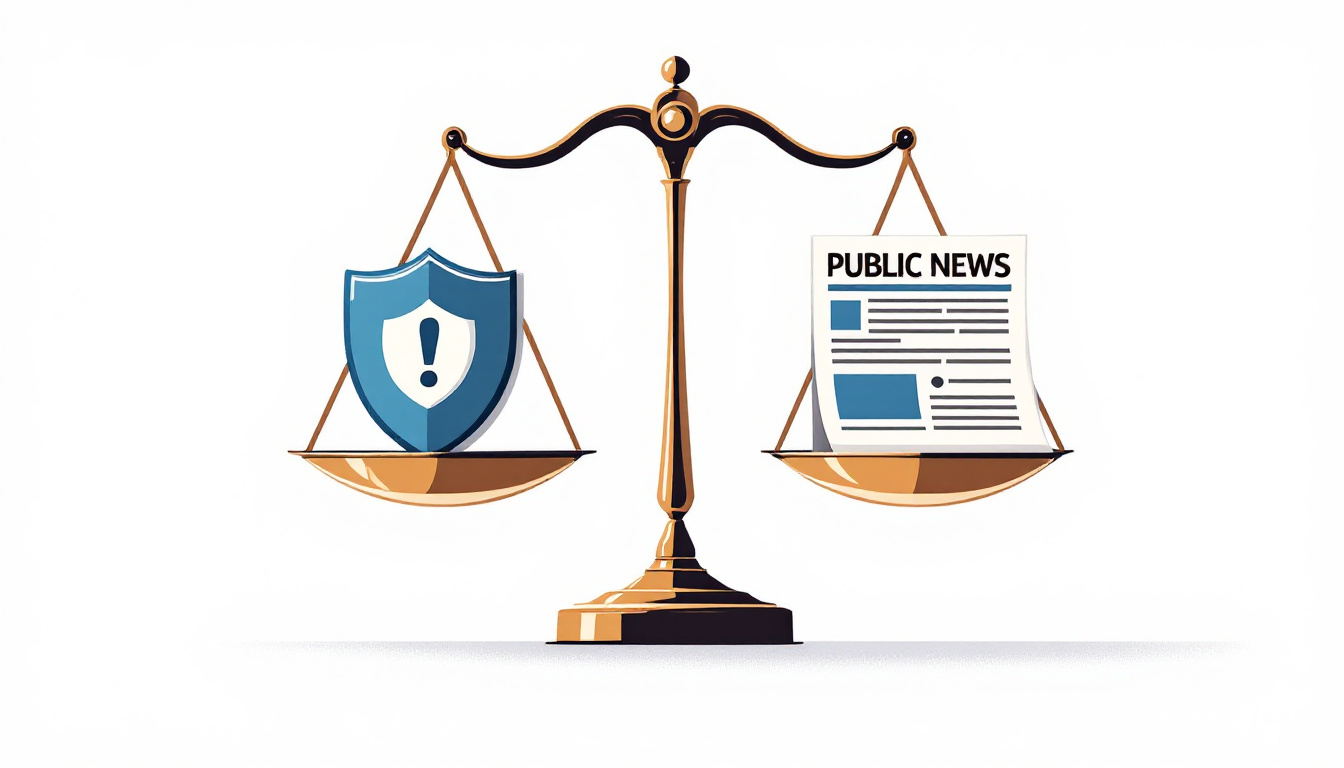On Thursday, a short clip and a handful of photos from a solemn 9/11 commemoration event set off a long day of hot takes. Viewers noticed the right side of the president’s face looked uneven in certain angles. Within minutes, social platforms lit up with side-by-side screenshots, theories, and memes. By evening, the conversation had turned into a broader debate about age, fitness for office, and what the public deserves to know about a leader’s health.
What People Saw, and Why It Spread
The attention centered on a few moments where the president’s right cheek and mouth appeared to droop slightly as he greeted attendees and looked toward the crowd. It may have been a trick of light, a candid angle, or a fleeting expression. But timing mattered. The event was high profile, cameras were rolling, and the footage was clipped into short posts that compress context. That is the perfect recipe for speculation at scale.
Some commentators described the look as “droopy” or “uneven,” while others said they saw nothing unusual. The divide is typical when video snippets travel faster than full broadcasts. In fast-moving feeds, a three-second loop can take on a life of its own, especially when it taps into existing concerns about age and stamina.

The Bigger Question: Health Transparency
Speculation about a leader’s health is not new. Voters want confidence that the person in charge can make clear decisions and carry a full schedule. Campaigns and administrations, on the other hand, try to respect medical privacy while sharing enough detail to reassure the public. That balance is hard to strike, and small visual cues can quickly turn into big storylines.
In recent years, both major parties have faced pressure to disclose more. Age comes up in nearly every election cycle. Reporters watch changes in voice, gait, or expression. When a clip like this surfaces, it often revives calls for updated medical summaries, on-camera briefings from physicians, or standardized disclosures before and during a term.
What Experts Usually Consider
Medical professionals who advise public figures typically look for patterns, not one-off moments. They watch performance across weeks and months, check vitals, and compare results to baseline exams. A single image can be misleading. Lighting, dehydration, fatigue, and camera placement can exaggerate or soften features. That is why credible assessments rely on direct evaluation, not viral frames.
Still, the public reaction matters. Perception shapes trust, and trust shapes how leaders communicate. When speculation spikes, teams often respond with fresh footage, longer unedited video, or a physician’s note to put rumors to rest.

Media Dynamics: From Clip to Narrative
The speed of the news cycle turns single moments into narratives. A short video gets engagement. Commentators add context or spike reactions with strong language. Then counter-arguments arrive. By the end of the day, the story is less about the original clip and more about what people think it says.
For news consumers, it helps to ask a few quick questions: Does a longer cut show the same thing? Is there credible reporting from multiple outlets? Did the principal staff or physicians address it directly? These checks do not stop rumors, but they can keep your own conclusions grounded.
Why This Matters to Voters
Health and stamina influence policy, scheduling, and crisis response. Voters want to see energy on the trail and clarity at the podium. They also expect honesty. When leaders provide regular updates and show up to demanding events, it builds confidence. When they dodge questions, doubt grows. The tension plays out in every administration, and it will continue as the electorate skews older and candidates serve longer careers in public life.
A Respectful Way to Talk About It
There is a human being behind every clip. It is fair to ask for transparency. It is also fair to avoid snap judgments based on angles or frames designed to provoke. Reasonable scrutiny can coexist with basic respect. In the long run, good information is better than viral reaction.

What To Watch For Next
- Official statements. A short, clear update from the physician of record can settle debate.
- Longer, unedited footage. Full speeches and walkabouts show patterns better than short loops.
- Schedule signals. Rallies, briefings, travel days, and press gaggles reflect stamina and capacity.
- Consistent reporting. When multiple credible outlets confirm details, confidence rises.
Bottom Line
One moment triggered a day of speculation, but lasting judgments should rest on consistent evidence and transparent communication. Leaders owe clear updates; the public owes fair consideration. Until more verified information emerges, it is wise to keep an open mind and look for primary sources.
To contact us click Here .

